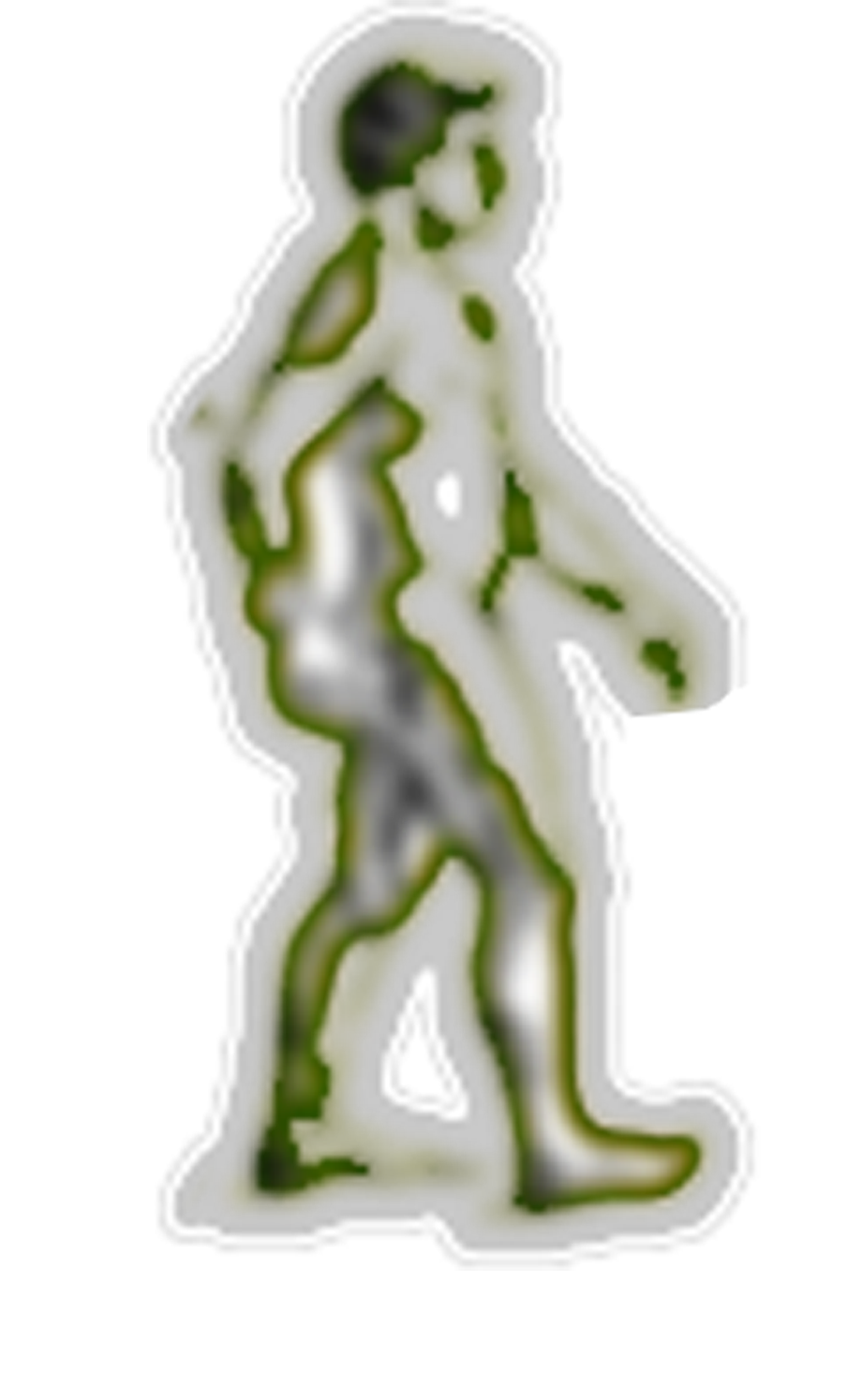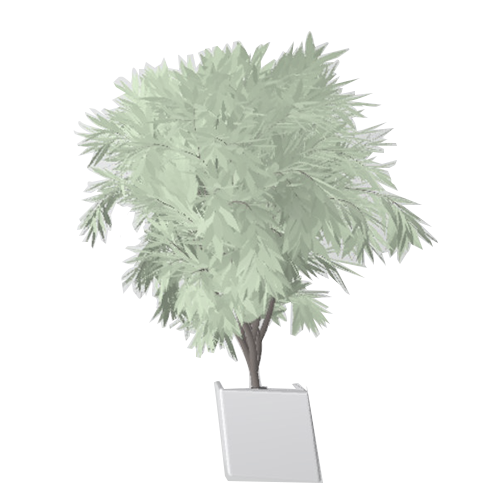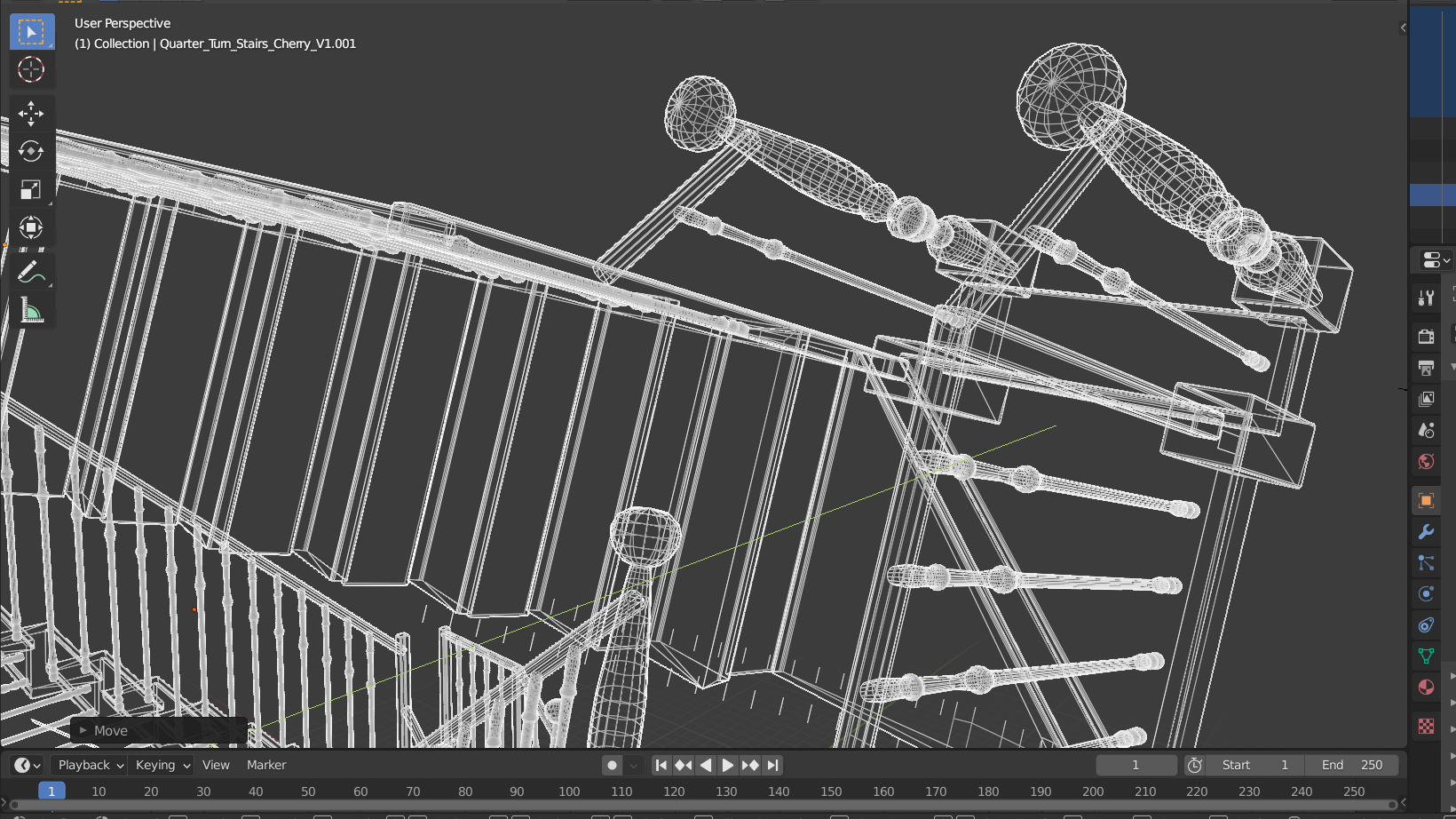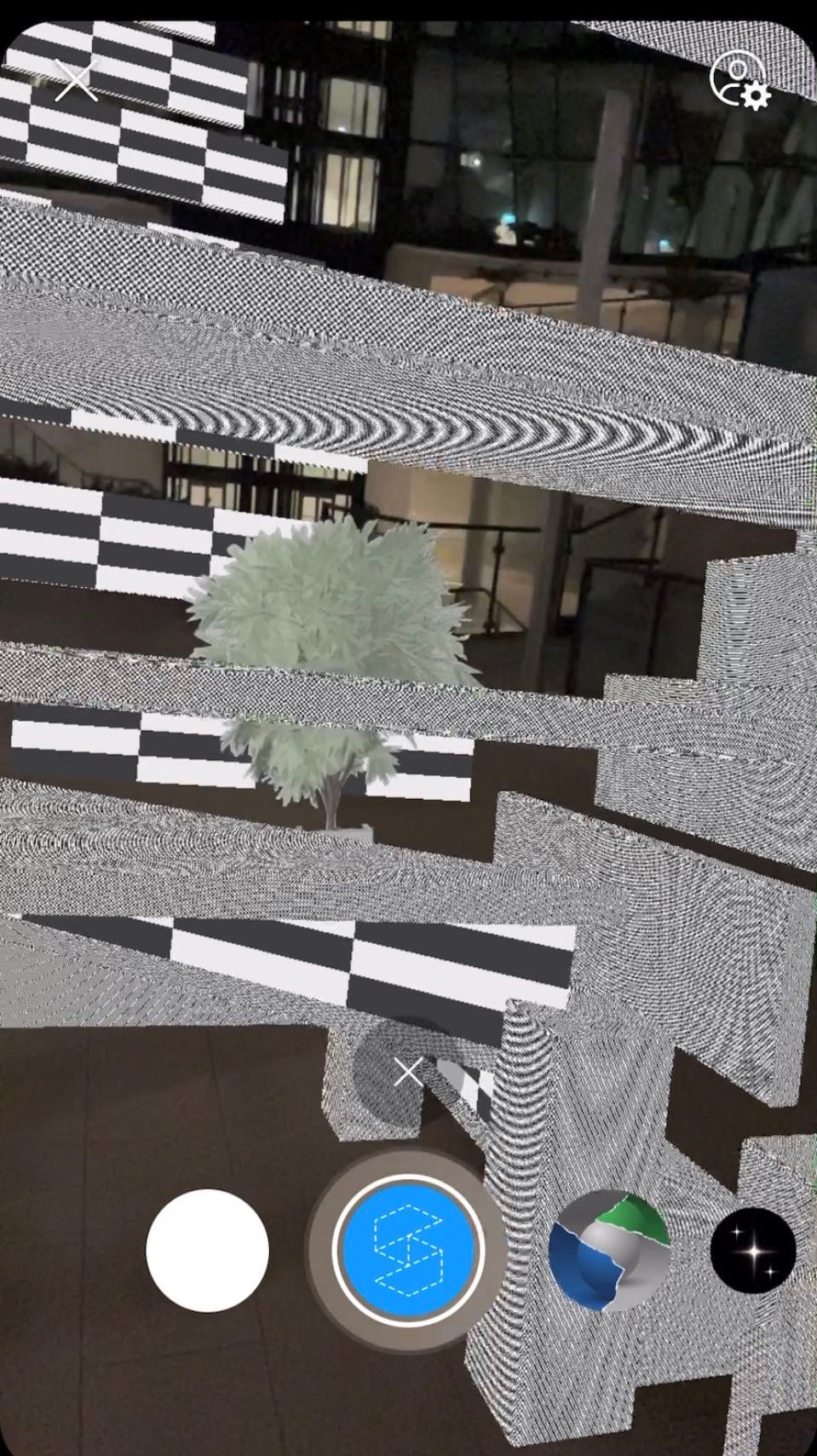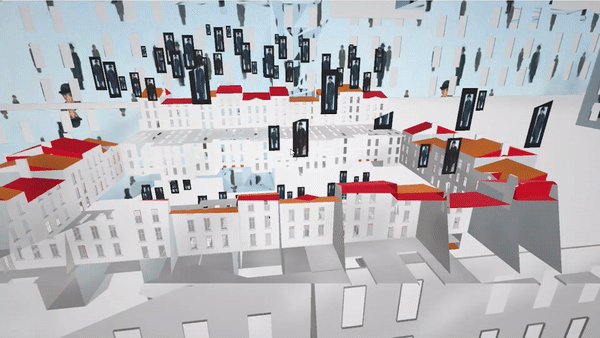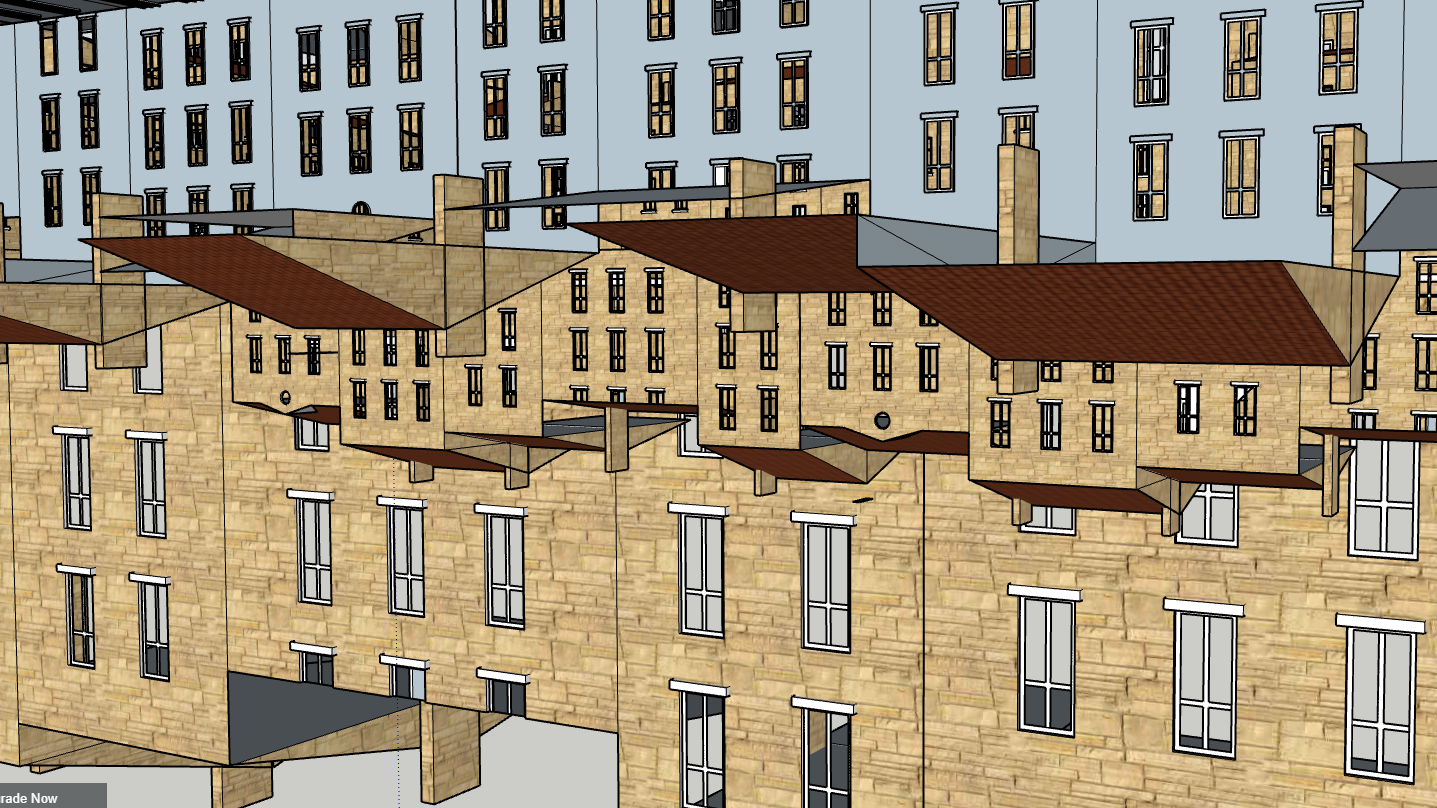
Findings and Insights
We have chosen two paintings- ‘Golconda’ by Rene Magritte and ‘Relativity’ by M.C Escher. The painting "Golconda" reflects a person within society. Although most of the people make only a mass mortifying the individual, each of us has its own individuality. ‘Relativity’ is interesting by the use of three point perspective-Three vanishing points to form a triangle.
Both artists are known for the visually impossible images they create. Since we want to create an unusual experience of AR technology, we want to play with illusion and dimension. And these paintings would be suitable because they are famous for playing with space. Making use of the endless boundaries of a simulation, it can help us transform 2D to 3D, hopefully users can immerse themselves in the setting of the painting we simulated. so we did our best to recreate everything from the paintings while adding on our personal interpretation.
Some more content.
Design Decisions
We have chosen to model out fractured elements that are not following the law of gravity and the logic of the eyes. The AR paintings we have chosen have a similar palette to the original artwork to better recreate the space. The architecture in Golconda AR is split open like boxes and different spaces exist in one 3D model. The man floating turns out unexpectedly to be 2D images on the buildings when users walk through the AR. Relativity AR also contains elements from different point of perspective that makes users question reality.

